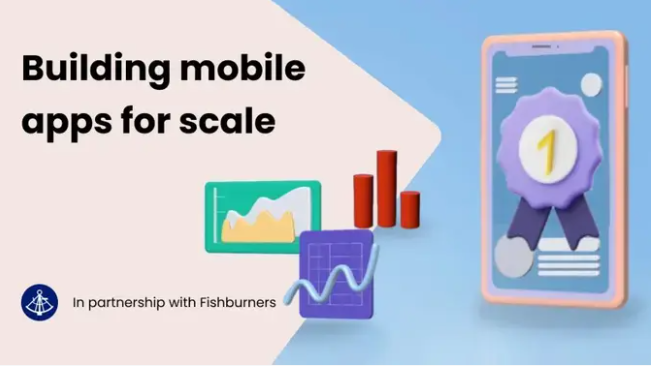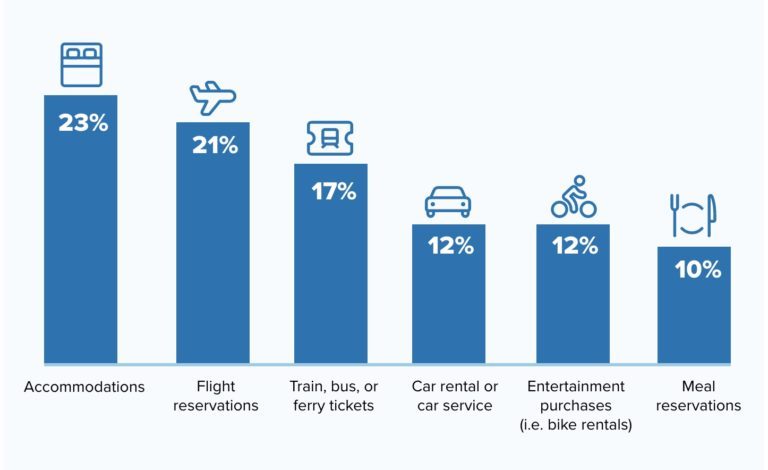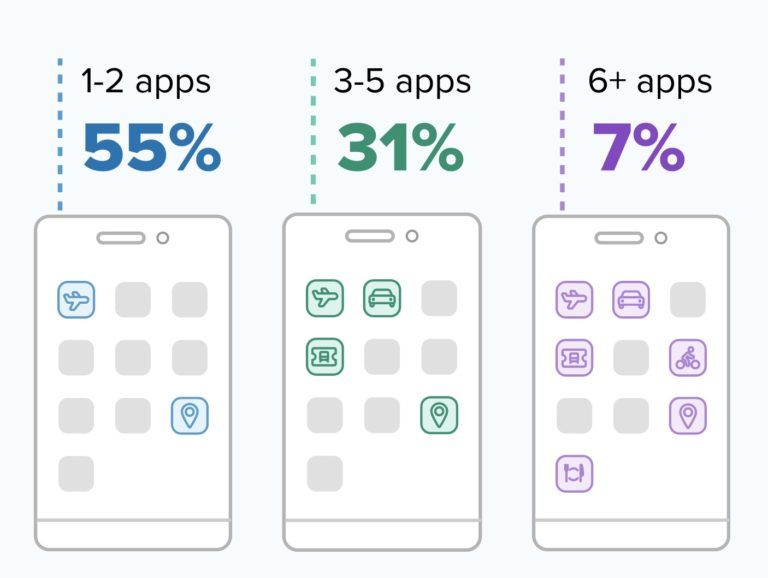Introduction:
Developers of over 10,000 crypto mobile apps on iOS and Android platforms are facing the challenges posed by the increasing volatility in the crypto market, particularly following the recent FTX crash and its ongoing consequences. As per Statista, the number of Blockchain.com wallet users has surged, surpassing 80 million users in August 2022, with over 122 million Ethereum tokens in circulation. With both centralized exchanges and decentralized crypto apps experiencing explosive growth, the focus has shifted to user onboarding and experience.
User Segmentation and Mobile User Experience:
To improve user retention, several crypto exchanges have adopted targeted approaches, segmenting their audience into “new users” and “experienced traders” and tailoring user experiences accordingly. Similarly, many apps have embraced a mobile user experience-first strategy by offering “Lite” and “Pro” versions of their trading apps, facilitating higher mobile app adoption rates.
The Importance of User Experience and App Store Policies:
Maintaining existing user bases is crucial for sustaining growth in the crypto app space. Mobile apps must now prioritize user experience, as users expect quick and seamless interactions, often within a matter of minutes or seconds. Apple, for example, recently removed almost 25% of apps from its store, citing poor user experience as one of the top three reasons. Additionally, Apple’s tightened restrictions on Crypto and NFT trading platforms, mandating the use of their in-app payment mechanism, have further squeezed profit margins.
Unique Challenges for Crypto App Developers:
Developers of crypto apps face additional constraints, including the ability to swiftly respond to market fluctuations and changing user behaviours . They must also compete for limited software developer resources, all while ensuring user identity privacy, a level of abstraction rarely encountered in finance and B2B apps.
Streamlining User Onboarding and Engagement with Contextual Solutions:
To reduce the overhead of maintaining multiple app versions, such as Lite and Pro, crypto apps can leverage effective user onboarding walkthroughs, in-app messaging, tooltips, and FAQs. This can be achieved through the incorporation of a No-Code SDK SaaS platform like Contextual. By providing contextual user onboarding guides and engagement tools, Contextual enhances crypto mobile apps without requiring developers to write extensive code. Notably, unlike systems reliant on email addresses for user identification, Contextual preserves user privacy by utilizing an “Install ID” – a privacy-protecting identifier generated by the platform for each installed application on a device, such as a phone or tablet. This approach aligns with the privacy-centric ethos of Web3.
Benefits of Contextual Strategy for Crypto Apps:
The Contextual strategy offers three key advantages to crypto apps:
- Increased user engagement and reduced churn rates through effective onboarding and personalized experiences.
- Preservation of software development resources and cost savings, thanks to the no-code SDK’s engagement layer.
- User anonymity protection and the maintenance of user trust through the utilization of Install IDs, which safeguard privacy while optionally allowing linkage to pseudonymous identifiers such as wallet addresses.. more information may be found here
Conclusion:
To thrive in the competitive crypto app landscape, developers must prioritize user onboarding, engagement, and privacy. Contextual solutions, such as contextual walkthroughs, mobile tooltips, and in-app messaging, along with a digital adoption platform, offer effective ways to enhance user experiences, reduce churn, and preserve valuable software development resources. By adopting these strategies, crypto apps can drive adoption, improve user retention, and maintain user trust in the ever-evolving world of cryptocurrencies.







